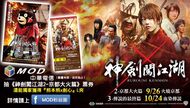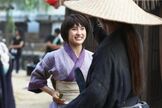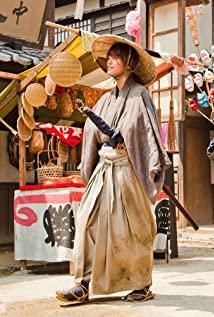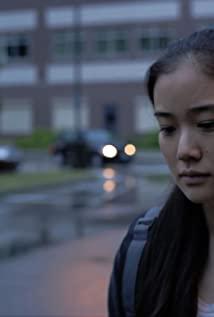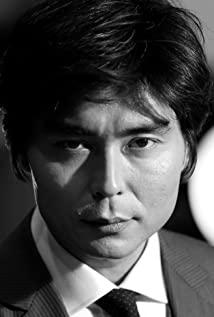It may be because the director was born in a Dahe drama, and the choreography tends to be realistic, and the duel has always been shot at real speed, and there is no slow motion to show the heart. This also increases the difficulty of showing the strength of the play. For example, in the battle with Hunting Knife Zhang, the hesitation after getting the new knife can slow down the camera or increase the effect of the inner monologue. It is easy to make a choice just to pass it with a few words from others. When watching this, I suddenly found that one of the problems that caused the fighting scenes to not burn is the lack of BGM. Maybe adding some imposing BGM or adding fighting special effects such as explosive blood can be better. Refer to the big melee at the beginning of the first part.
In terms of the overall plot arrangement, due to the limitations of the original plot, it was really boring before the fight with Ten Swords. The contradiction between Cang Zi and Kenshin has also been adapted very reasonably and successfully. By the way, historical events are quoted to enhance the sense of substitution and authenticity. But in general, the plot has no ups and downs and is a little boring. It doesn't matter if there is a broken sword and sword heart that is similar to setbacks after a while. The plot development can be based on the pressure brought by the huge national responsibility, Kenshin's determination to give up a peaceful life, the regret of his friends who finally gathered together, and the inability of Kenshin to be alone in the face of the people who save the country, and then the partner from Tokyo. , the police force represented by Saito and the three-way force of Yutingfan help Kenshin, which can even arouse the emotions of the audience.
View more about Rurouni Kenshin Part II: Kyoto Inferno reviews




